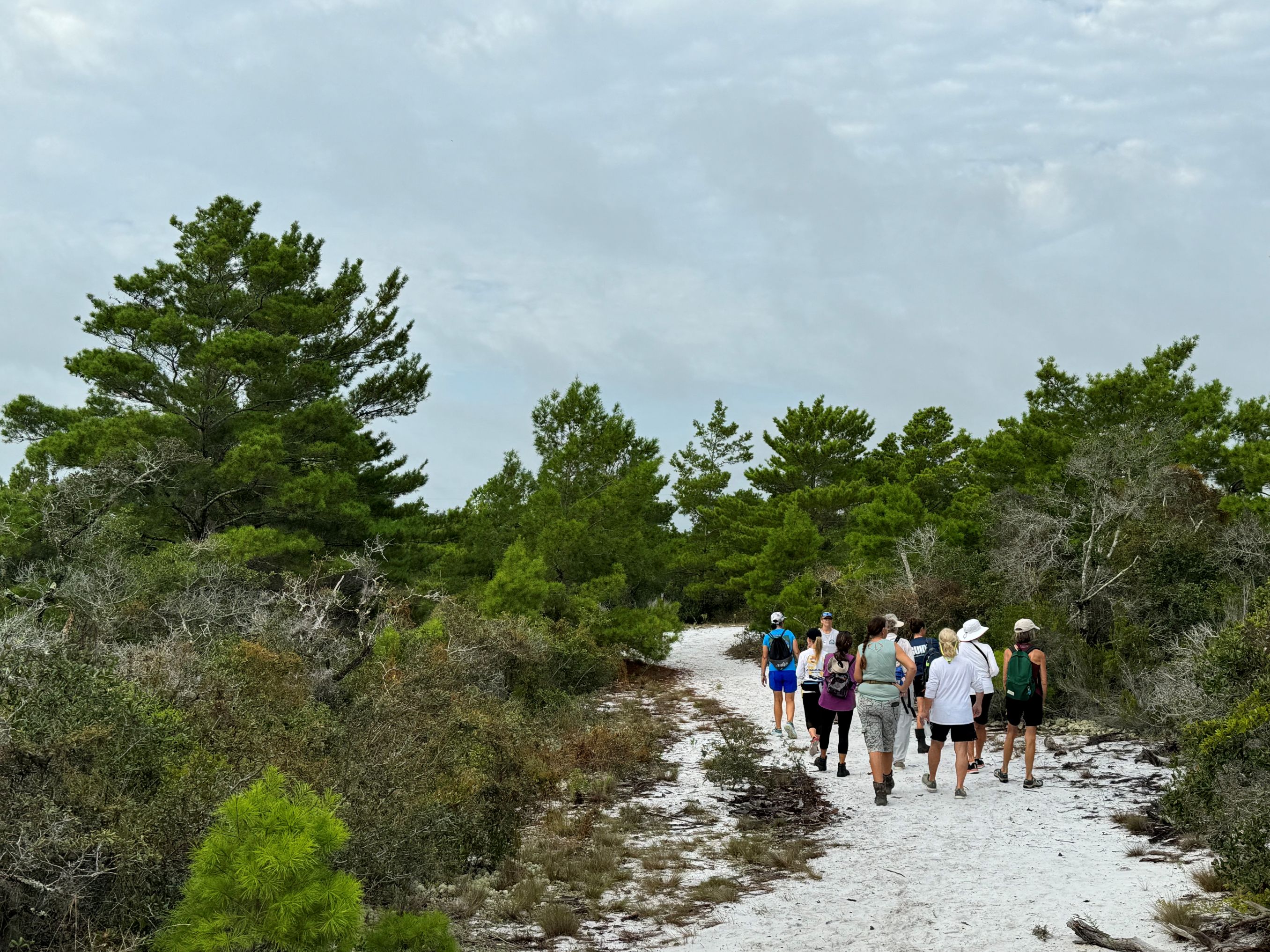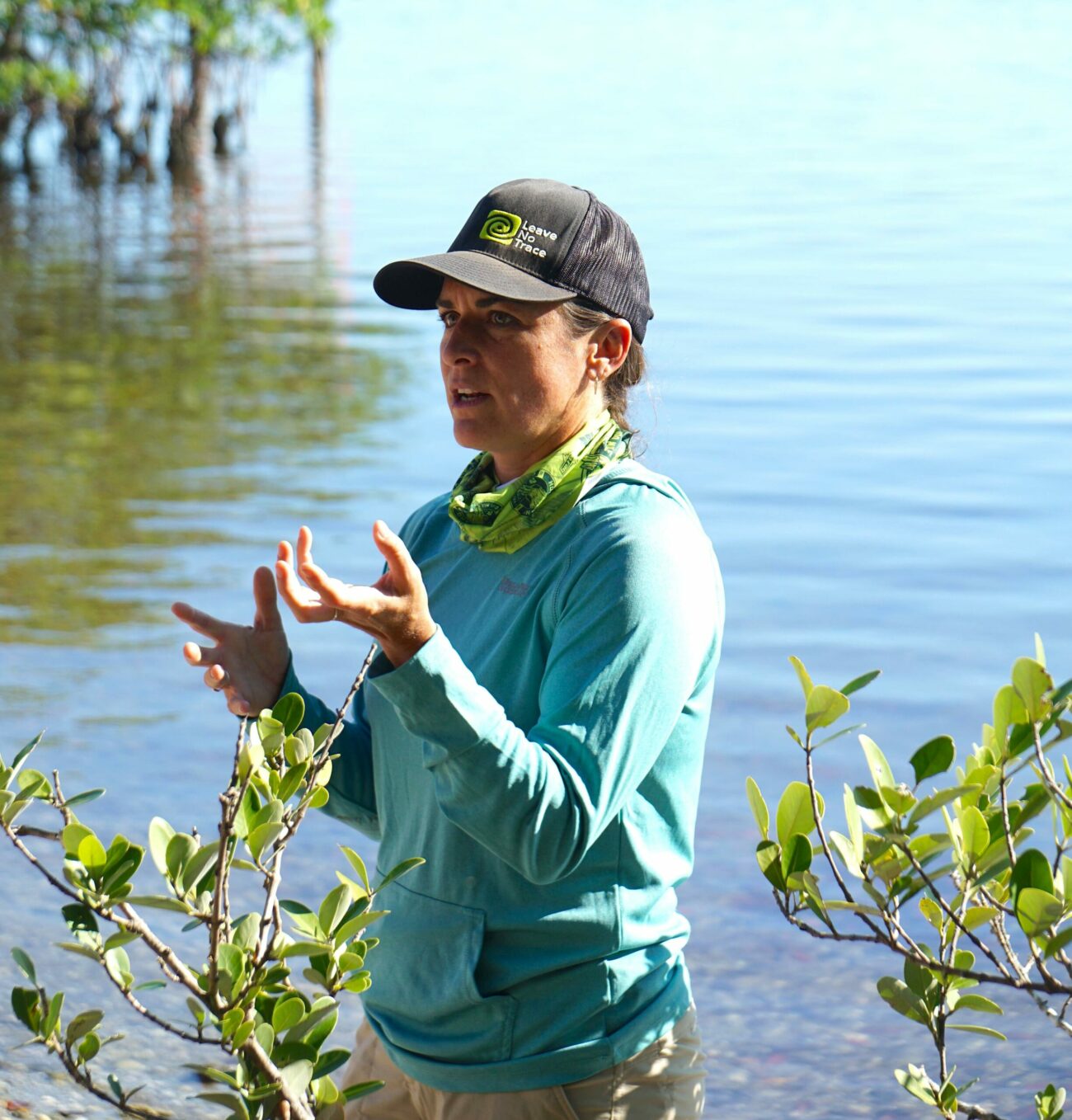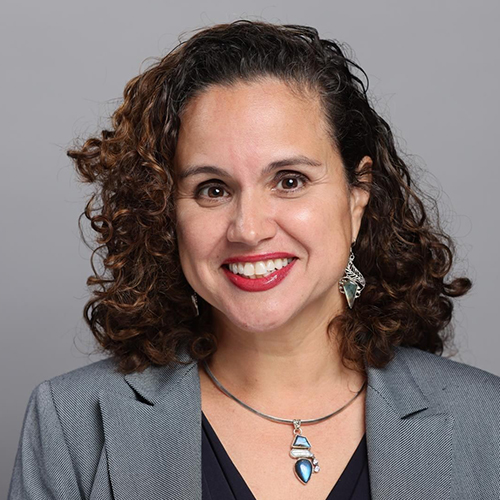
Martin County, Florida
A Community Impact Story
Explore Natural Martin: Where Sustainable Tourism Meets Community Impact
Social Impact Framework: Destination Stewardship

What was the issue you were trying to address?
We recognized a dual challenge facing Martin County: the urgent need to protect our region’s sensitive natural environments and the lack of accessible, engaging ecotourism programming that would guide residents and visitors in responsible outdoor recreation. While our area is rich in natural assets, there were few structured opportunities to connect people meaningfully with nature in ways that also promoted stewardship. We saw this as a missed opportunity, not only for conservation but for community engagement and destination differentiation.


What were the stated objectives of this initiative?
Our goal was to create an ecotourism model that was authentic, inclusive, and impactful. We focused on five primary objectives:
- Promote Responsible Recreation by educating visitors and residents through the 7 Principles of Leave No Trace.
- Develop Original Programming that showcased our diverse ecosystems and brought environmental stories to life.
- Foster Strategic Partnerships at the local, regional, and national levels to amplify our message and enhance credibility.
- Drive Awareness and Participation to increase engagement and position Martin County as a leader in sustainable tourism.
- Expand Equitable Access by offering all eco-tours and programs for free and working with Wheel the World to certify accessible trails and attractions.
What were the specific metrics you used to measure the success of your efforts?
To understand the effectiveness of Explore Natural Martin, we developed a robust set of metrics that reflected both reach and depth of impact. On the quantitative side, we tracked the number of tours created and delivered, program participation levels, satisfaction ratings, and digital engagement with our ecotourism microsite. We also monitored media reach across both earned and paid channels and documented the number and strength of partnerships established with environmental and tourism-related organizations.
Equally important were our qualitative measures. We collected participant feedback through post-tour surveys and anecdotal responses, paying close attention to educational takeaways, emotional resonance, and perceived accessibility. We evaluated community engagement by tracking involvement at local events, schools, and libraries. We also monitored how the program was being recognized by the broader industry through media coverage, esteemed award programs, and invitations to present at tourism and sustainability conferences. These metrics gave us a full-spectrum view of how the initiative was performing and evolving over time.

What were the specific outcomes and results of your efforts?
The outcomes of Explore Natural Martin have been both wide-ranging and deeply affirming. In just the first year, we launched and operated over 75 unique, free guided eco-tours on topics ranging from birding and kayaking to stargazing and sea turtle conservation. These tours drew more than 980 participants and received a 100% satisfaction rate in follow-up surveys, a clear signal that programming was not only accessible but highly valued.
Our digital engagement told a similar story: the ecotourism microsite received over 70,000 visits, making it the second-most visited page on our DiscoverMartin.com website. On the media front, we garnered more than 20 million impressions across a mix of public relations and paid campaigns, with national features in outlets such as Travel + Leisure, Outside Magazine, and LeaveNoTrace.org.
We also built a network of 23 local, state, and national partners, including the Florida Department of Environmental Protection, the Audubon Society, and regional tour operators, amplifying the program’s reach and credibility. Community involvement deepened as we brought tours and educational content into schools, libraries, and local events, sparking environmental curiosity and stewardship in youth and families alike.
Our efforts earned recognition across the industry, with more than 15 major awards including the U.S. Travel Association’s Destiny Award and a Gold Stevie Award for Sustainability Service of the Year. Perhaps most validating was the interest from our peers: we were invited to present our model at major conferences like ESTO, the Leave No Trace Global Summit, and TTRA’s International Conference. Tourism offices across the country began reaching out to us for guidance on how to replicate our approach, proof that what we built here in Martin County has relevance for other destinations.

What other best practices or key lessons can you share?
From the beginning, collaboration was one of our strongest assets. We intentionally created a shared role between our Tourism and Environmental Resources departments, which allowed us to bridge ecological science with the visitor experience. This internal partnership ensured that our programming was not only engaging but also ecologically responsible. Additionally, we created a full-time ecotourism position housed within the Tourism Office.
We also recognized the importance of starting with credible, experienced partners. Working with Leave No Trace gave our initiative a strong educational foundation and immediate trust with environmentally minded audiences. That credibility made it easier to secure broader community and stakeholder support early on.
Accessibility was another core principle. By offering all our programming for free, we removed financial barriers and made ecotourism available to anyone. We also worked to ensure our tours were inclusive from a mobility perspective, partnering with organizations like Wheel the World to evaluate and certify accessible outdoor experiences and attractions. Lastly, we enhanced trail signage and joined the AllTrails Public Lands Program to make our trails more accessible with digitized routes and real-time alerts to ensure safety.
One of the most powerful strategies we used was storytelling. Each tour wasn’t just a nature walk, but an opportunity to connect participants to the deeper narratives of our environment, whether that meant exploring local restoration projects, learning about endangered species, or understanding the cultural significance of the land. These stories created emotional connections that lasted far beyond the tour itself.
Equally important was our community engagement. By bringing programs to schools, libraries, and local events, we were able to cultivate grassroots support and foster a sense of collective ownership. These touchpoints with the community helped build a culture of stewardship and ensured our work was embedded in everyday life.
We’ve learned that success takes time and persistence. This program was not created overnight. It took years of groundwork, research, outreach, internal advocacy, and planning, to bring it to life. But once it launched, the impact was immediate and far-reaching.
We found that data is one of our most persuasive tools. By pointing to the economic and environmental toll of previous challenges we were able to make a compelling case for why long-term investment in ecotourism was essential, not optional.
Perhaps the most important lesson we learned is that authenticity matters. People can sense when sustainability is more than a tagline. The genuine, hands-on nature of our programming is what set it apart and what continues to drive media attention, community pride, and visitor enthusiasm. Our ability to remain flexible and adapt to seasonal shifts or environmental conditions kept our programming fresh and relevant, while reinforcing our commitment to long-term stewardship.
Ultimately, Explore Natural Martin has shown us, and others, that thoughtfully designed ecotourism can be a catalyst for education, connection, and sustainability. It’s not just about drawing visitors; it’s about helping them understand and care for the places they explore.

